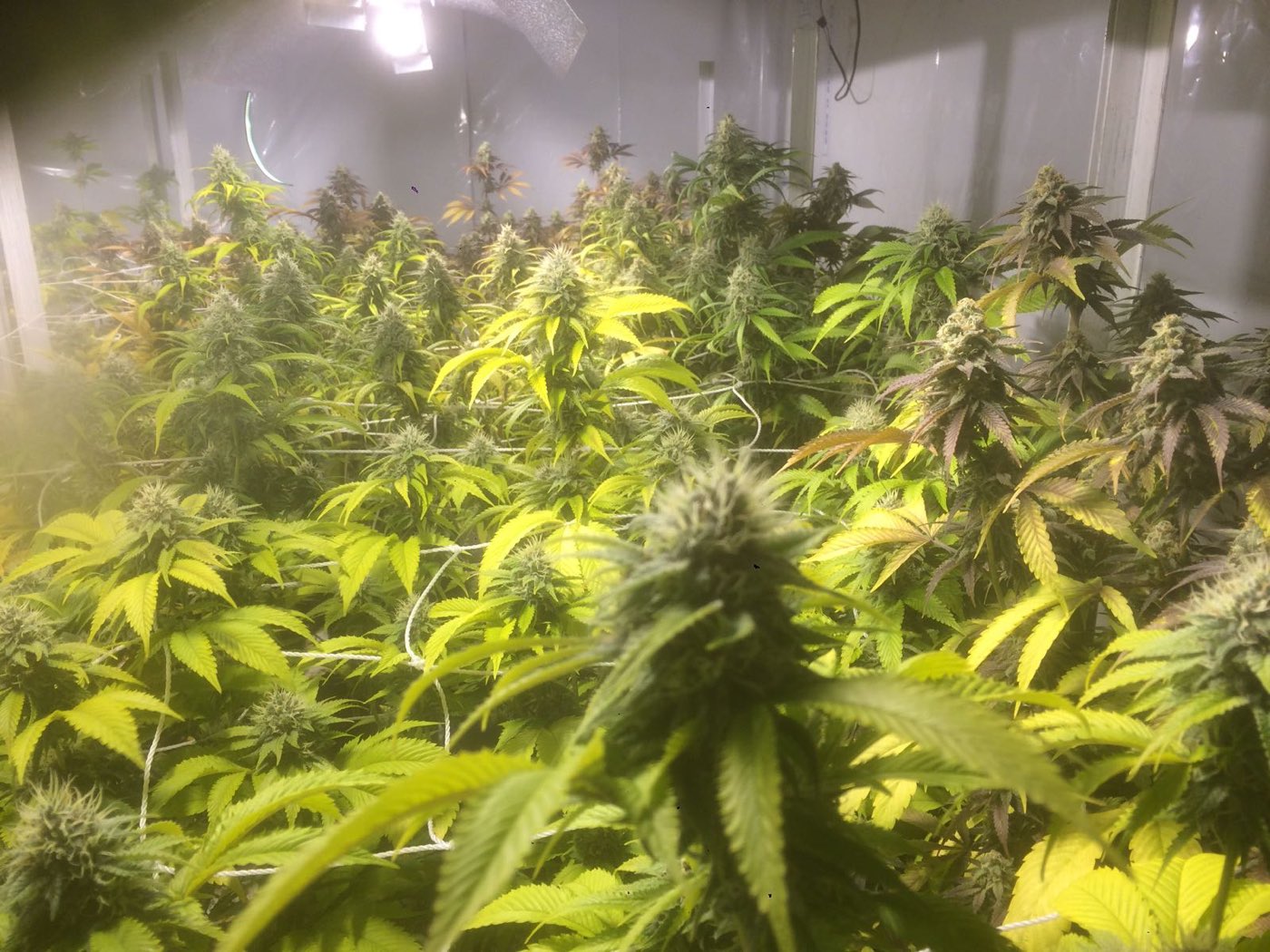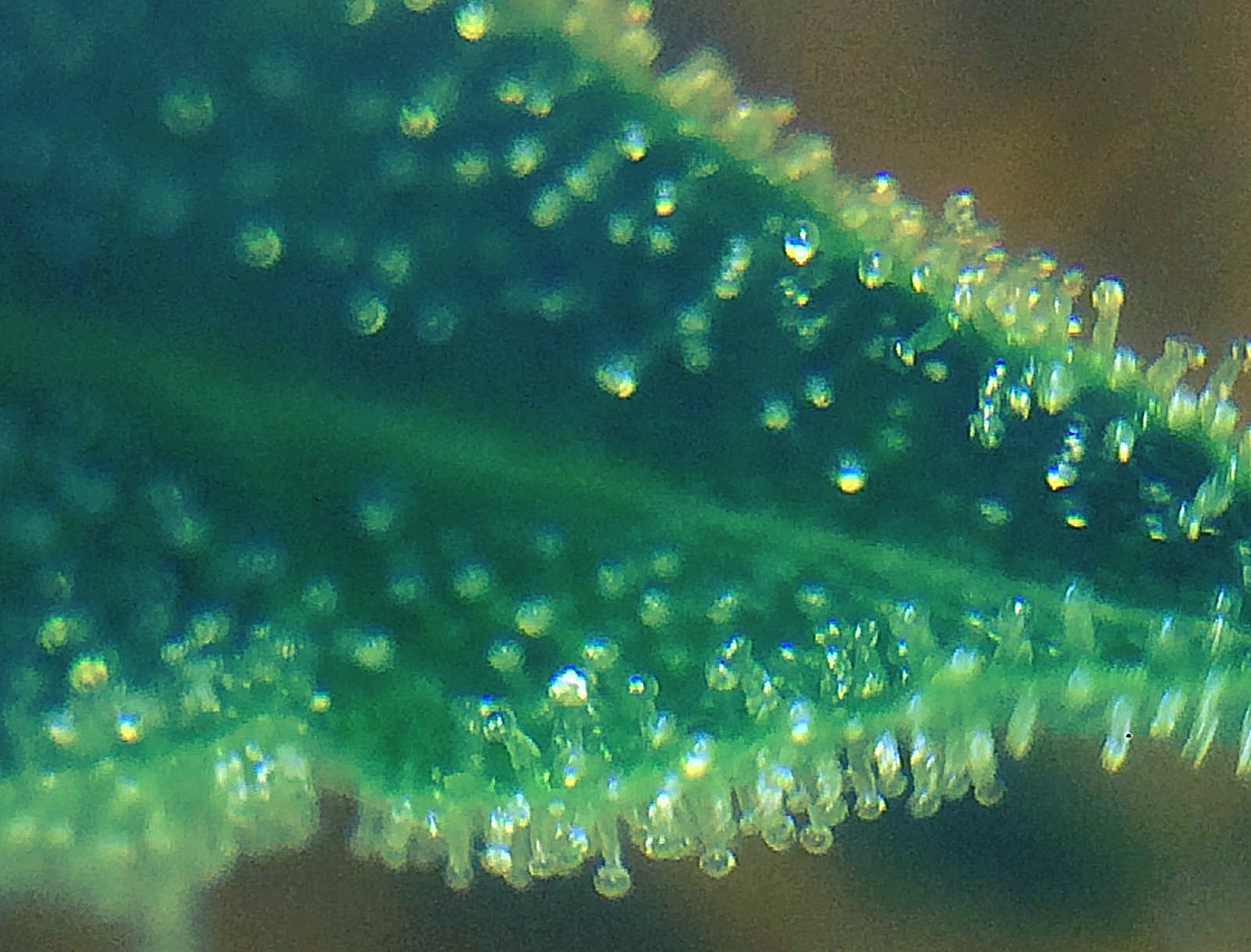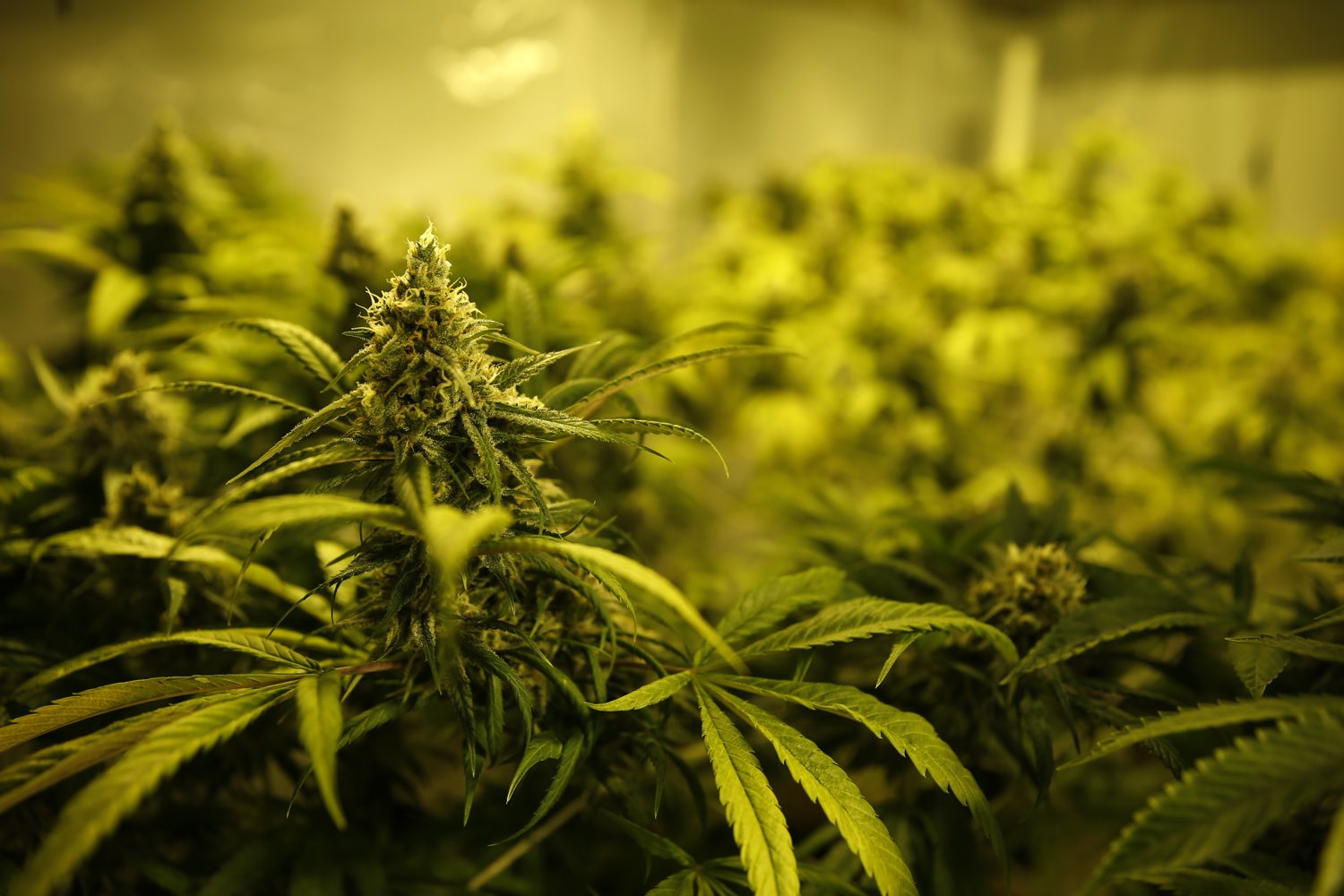Cultivating Proper Trichomes
Many cannabis growers are in love with what they grow. It’s natural to be proud of one’s achievements, especially when their development is dependant on so many factors: light, air, environment, watering, etc. etc. But rather than focusing purely on the size of the cannabis plant and the number of flowers it produces, it pays (literally) to dedicate time to help the plant produce the most rosin, and therefore the most potent trichomes, which it can.
Trichomes
Trichomes are small sugar granule-like crystals made from the rosin the plants excrete to thrive in its environment. Some of the oils repel pests, while others attract pollinating insects. Like various glands in a human body, the glands of a plant (trichomes) contain all chemistry the plant produces, and this includes all terpenes and flavonoids and, of course, cannabinoids. The following growing weed at home tutorial is focused on what you, the home cannabis grower, can do to stimulate rosin production which, in turn, is what forms those sparkly trichomes. When you master the art of cultivating proper trichomes the results will be evident in the lab-testing stage where you will notice higher concentrations of CBD, THC, terpenes, and other desireable cannabinoids.

Males And Females Of Cannabis Plant
There are male and females of the marijuana plant, and it’s only females being producing flowering buds that can later be smoked or turned into an extract. If you start with feminized seeds, all of the seeds you germinate have the potential to produce potent flowers but none feminized seeds will have to be sorted out in the flowering phase: Both males and females will sprout buds, but they will appear different on either plant—females with their long, whitish hairs, and males with hanging “balls.” Remove the boys immediately before they pollinate the females or you won’t get as big a harvest.
And another thing to remember and not to forget:
The Hermaphrodite Alert
Because of sudden changes in the environment of the plant the female plants can become shocked into becoming hermaphroditic if you don’t keep the growing conditions consistent and that’s a big waste of time and energy.
Encouraging trichomes in the flowering phase
Switch the light to 12-hours on and 12-hours off to signal to the plants that it is the “end of summer” and that harvest time is around the corner. Now is the time for them to switch from their vegetative phase to the flowering phase.
Wind
Even something as simple as keeping each cannabis “cola” bathed in good air flow, right to the end of the flowering stage, will help to increase bud size and rosin production. The end stage is the most challenging when it comes to stimulating rosin production and trichome growth. The plants are crowded in their space, vying for light and air and nutrients, but it’s not the time for you to quit and be satisfied with the trichomes that already exist. This is the final stretch, after all! Cannabis is a plant that relies on wind to pollinate, but it also knows when it’s futile to waste energy on buds that won’t be passing on their genetics. The cannabis plant will, therefore, save its energy so that it can put it toward buds that are exposed to a breeze. This is the optimal time to separate plants a little more, give them plenty of space, and kick that airflow into gear without making the room into a wind tunnel. Remember, the more energy a plant expels in the adult growth stage, the more rosin-filled the yields will be.

On the image: Transparent Trichomes on a Leaf of Cannabis Plant
Trichomes Matter
Trichomes are small hears (coming from Greek “trichomes” are translated as “hairs”). They are on the epidermis (“skin”) of a plant. Technically they are glands, and plants use them for many chemical purposes: whether it is attacking a prey for a carnivorous plant or a psychedelic message to humanity or maybe only a medical help.
Like various glands in a human body the glands of a plant (trichomes) contain all chemistry the plant produce, and this includes all terpenes and flavonoids and of course THC. A combination of these mentioned contents indeed determines the quality and the properties of marijuana and quality of a cannabis plant. This makes trichomes of cannabis plants to be so important. Same importance as the weight of dry buds.
No trichomes? Don’t freak out
Allow your marijuana plants to have 2-3 months of time to flower to their fullest. Even if they have beautiful big buds, you won’t see full trichome expression on the leaves and buds until the end of the flowering phase. Check with your seed provider for an idea of how long you should wait; each genetic strain is different. You can also tell when the flowering phase is over and the harvest is ripe by observing the white hairs on the flowers turn a red or orange-tinted brown. The buds should be frosted with trichomes and will likely emit a powerful odor.
Preserving trichomes while harvest & trimming
Cut the whole plant just above the soil but avoid touching the sticky buds lest you lose precious trichomes doing so. Use small, sharp scissors to clip the leaves, often called “trim,” away from the buds and toss those leaves away. They are not suitable for smoking, but some people will juice them (resulting in a non-psychoactive, but nutritionally delicious drink). Then, clip the smaller, frosted, leaves that are closer to the bud and use a pollinator to agitate the trichomes off of them; ideal for pressing into hash or extracting with oil or butter for edibles. What’s left is the perfect little bud, just like you see at a dispensary but it’s still too moist to smoke.
Curing cannabis with trichomes in mind
Curing is a slow, tedious process but it will leave you with buds that burst apart between your fingers and burn beautifully. Do not use forced heat to cure your cannabis; leaving the buds in the oven or drying them with a hairdryer will rob it of oils and terpenes, completely ruining the taste and overall effect of the bud.
Simply leave the buds alone in a dark, dry room for about seven days. Move the buds to a glass jar in the same room, returning daily to take the lid off for about 20 minutes each day to release any humidity. When the stems snap quickly but still have some moisture inside, it means the curing process is nearly done. A hygrometer will help monitor RH levels, or Boveda packs will control the RH to the degree you desire. Store cannabis in a UV safe container for another 2–4 months to allow the chemical processes in the weed to slow down completely and for the THC and other cannabinoids to finish developing.
Wed, 16/Aug/17
